The Wishbone chair, created in 1949 by designer Hans J. Wegner, is considered one of the most influential examples of modern Danish furniture design. With its smooth curves, perfect symmetry, and unusual Y-shaped back, the Wishbone is both simplistic and attention-grabbing.
In fact, the chair is so beloved that its manufacturer, the Danish company Carl Hansen & Søn, recently released a kids-sized version in honor of the late Wegner’s 110th birthday. The children’s Wishbone sits at almost half the height of the original, yet it shares all of its intricate details, including a paper cord seat that takes an hour to weave by hand.
But while the Wishbone has become an iconic symbol of design, it wasn’t always celebrated—and if it hadn’t been for one woman’s intervention, it might never have been made in the first place.
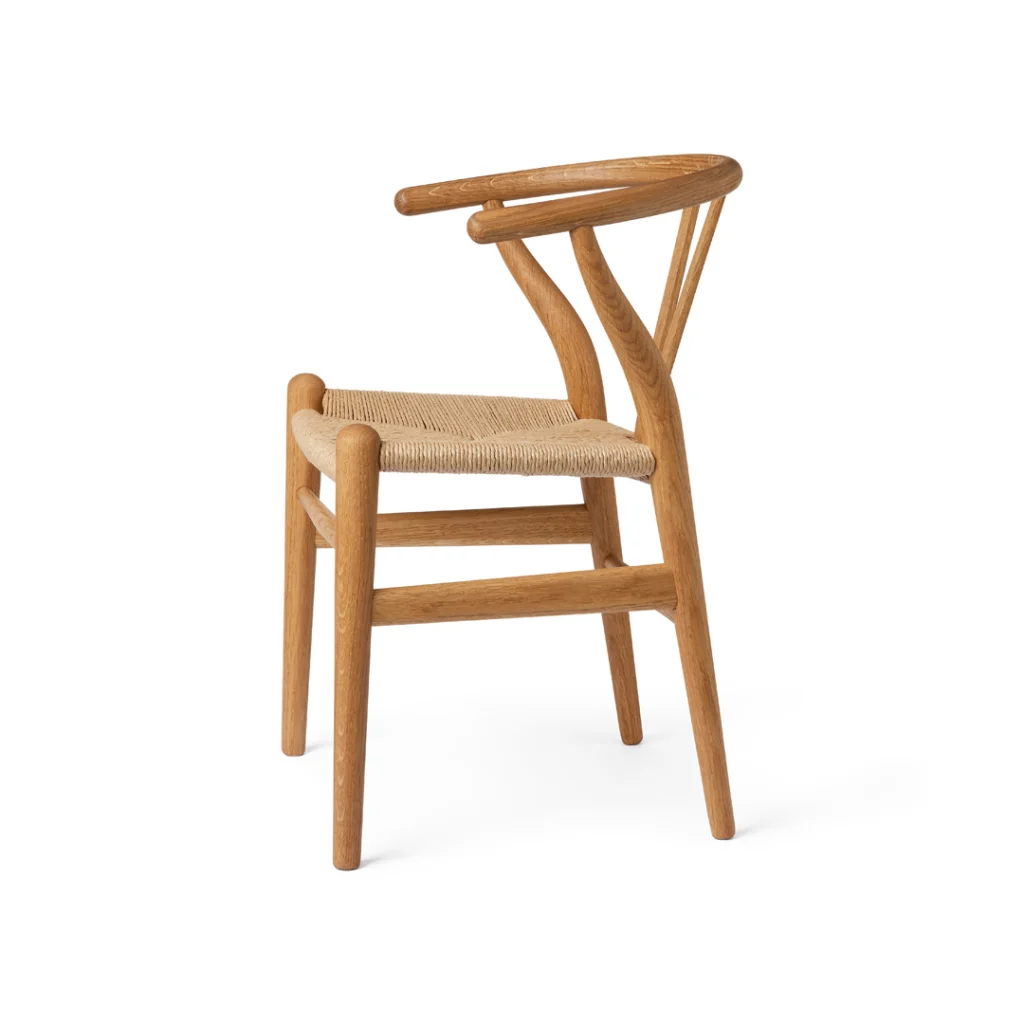
The woman who saved the Wishbone
By 1949, Danish businessman Holger Hansen had served at the helm of his father’s furniture company for about 15 years. He’d helped Carl Hansen & Søn weather a rocky economic climate in the ‘30s and maintained it through World War II. But after the war, he found himself faced with a new era of mass production, and he knew that the company would need to adapt. So, Holger met with the up-and-coming designer Wegner to discuss a collaboration on new pieces that could be partially constructed by machines.
Wegner drafted up five concept drawings for Holger. True to his singular style, each piece incorporated plenty of curves, rounded edges, and unexpected details. The Wishbone was especially innovative because its arms and back were carved out of one piece of wood. According to Knud Erik Hansen, Holger’s son and the current CEO of Carl Hansen & Søn, Wegner’s designs were considered extremely avant-garde at the time.
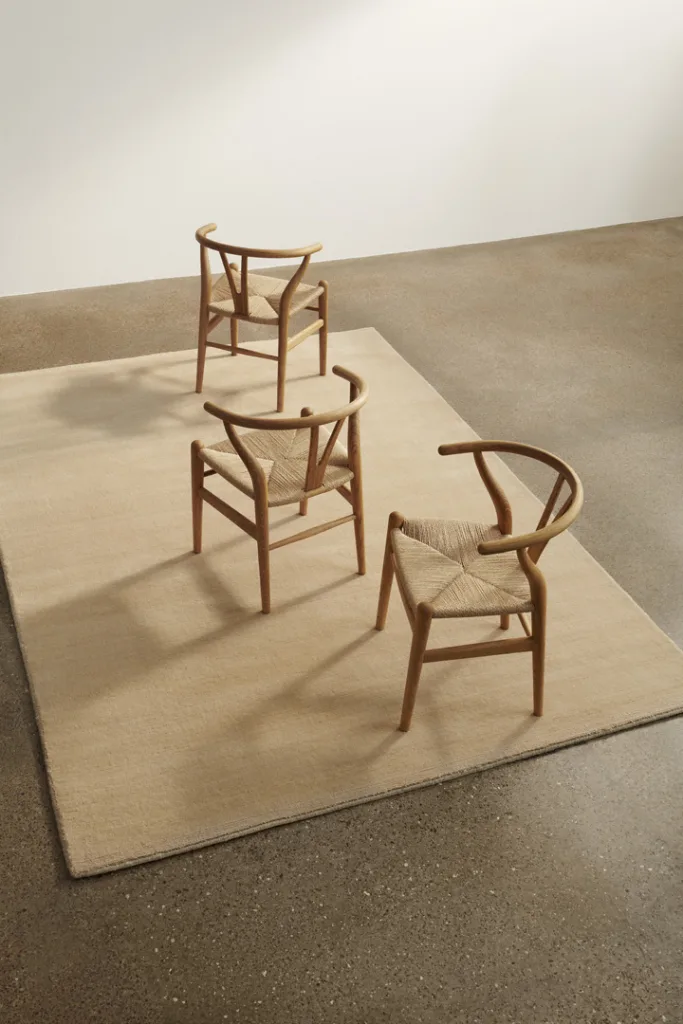
“Imagine how a dining room chair looked in 1950—it was just a square piece of furniture with some carving and some lion feet,” Knud Erik says. “Wegner’s softer curves were completely unheard of.”
Holger wasn’t immediately sold on Wegner’s designs. His father even advised him that they were “only garden furniture.” But Holger’s wife, Ella, saw the furniture’s potential from the very beginning. “[My father] had good taste, but the real good taste was my mother,” Knud Erik says. Ella had a strong relationship with Wegner, allowing her to act alternately as both honest critic and staunch supporter. “She was the one that actually said to my dad, ‘This is fantastic. You should take it,’” Knud Erik recalls. “And my dad then immediately put 100 percent effort toward it.”
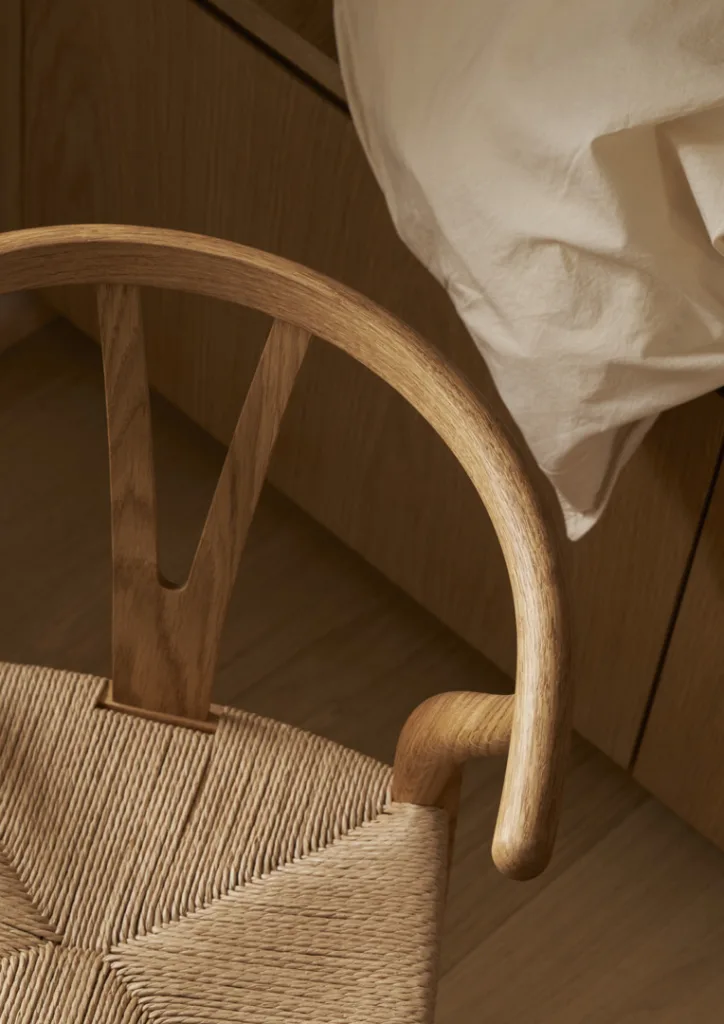
A rocky start and a rise to design fame
The new furniture launched in 1950 to a lackluster reception. Although many design publications wrote shining reviews about Wegner’s designs—four of which were put into production—nobody was actually buying them. With his last savings, Holger jumped on a plane to try pitching his furniture in the U.S. The trip paid off: From New York to San Francisco, orders started to pour in.
Carl Hansen & Søn hit its stride in the ‘50s with the help of a new focus on international exports and Wegner’s standout designs. Holger continued his partnership with Wegner for almost 15 years, and the Wishbone chair became one of the company’s biggest successes.
In 1962, after working constantly to expand his business, Holger passed away in his home at the age of 50. Ella stepped in to run the company in the absence of a planned successor. Under her watch, Wegner also designed the Shell chair, which has since become one of his most recognizable designs and another of Carl Hansen & Søn’s bestsellers. Despite having no education in business or design, nor speaking any languages other than Danish, Ella kept the company afloat for two decades.
“I have seen her at furniture fairs, selling furniture in Danish to Americans, to the French, and to Germans,” Knud Erik says. “She was extremely charming.”
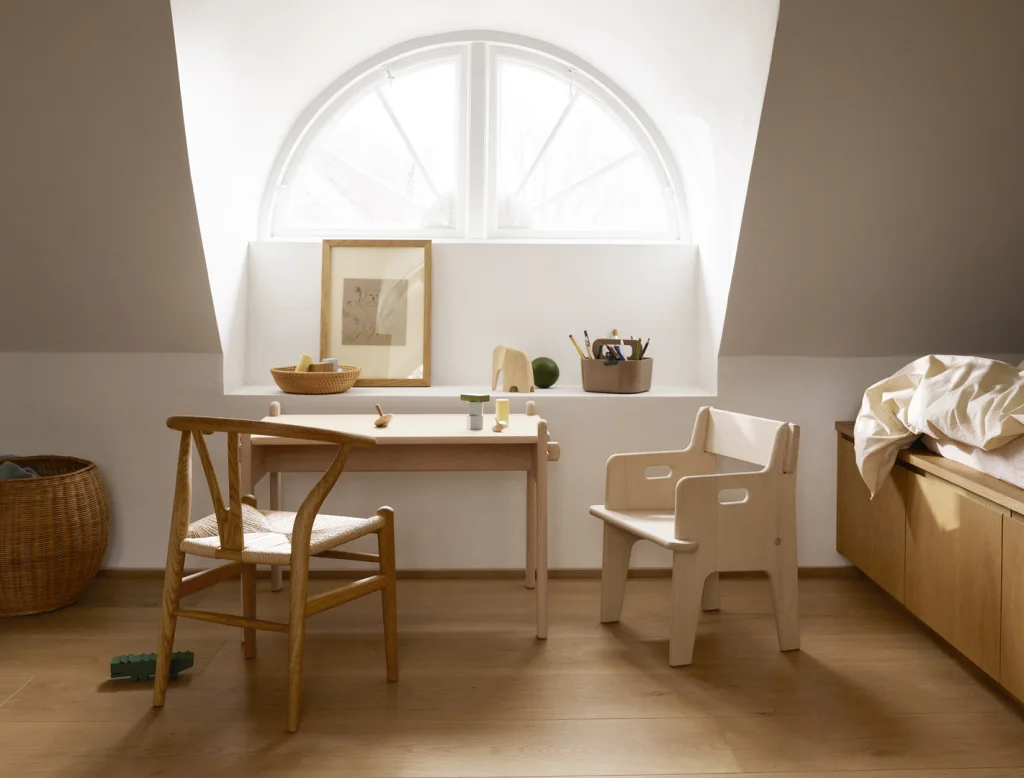
Miniaturizing the Wishbone
Knud Erik stepped in as CEO of Carl Hansen & Søn in 2002. During his tenure, he’s brought sustainability to the forefront with a program called Relove, a repair service that refurbishes client’s furniture to ensure that products can last for generations. He’s also followed in his father’s footsteps by increasing the company’s global reach. Today, Carl Hansen & Søn exports products to about 60 countries and employs close to 550 people at its factories in Denmark.
In early April, to commemorate Wegner’s 110 birthday and his major contributions to the company’s success, Carl Hansen & Søn unveiled a miniature Wishbone chair for children, which retails at $845. The idea originated from young [machine] programmers within the company who took it upon themselves to make the first prototype.
“I fell immediately for it; I thought, ‘Oh, my goodness, it’s beautiful. Let’s put it into production,’” Knud Erik says. “It turned out to be a little bit more complicated than we expected.”
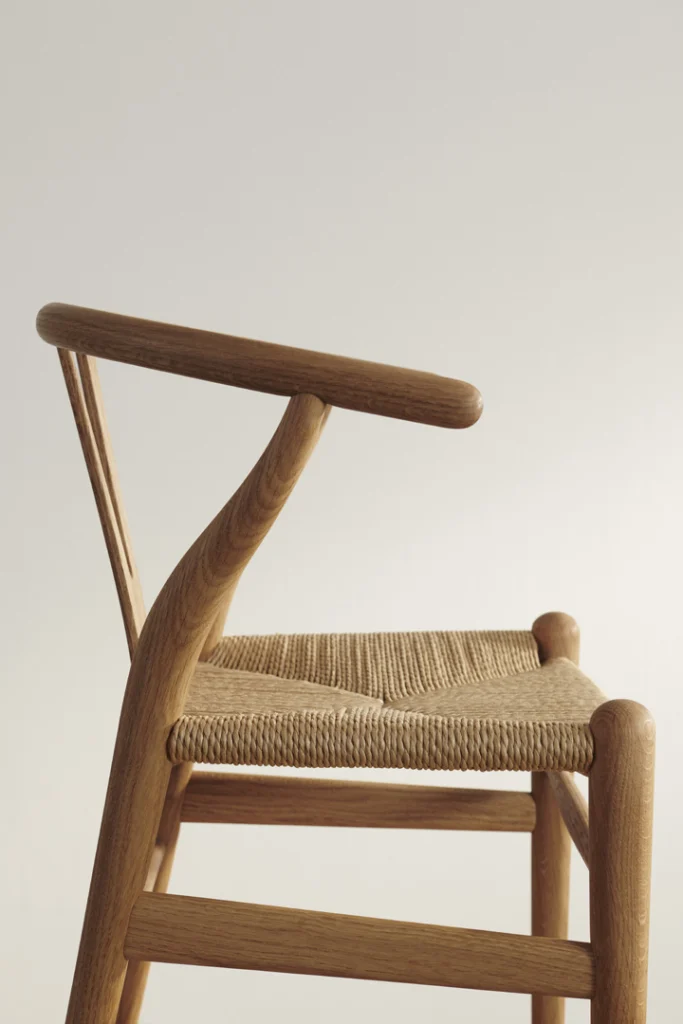
Making the original Wishbone chair requires drying high-quality oak planks for more than a year, chiseling them into the chair’s fourteen components, and then hand-sanding, assembling, surfacing, and weaving the chair. It’s a process that requires more than 100 steps. To make a kid-sized version of the Wishbone, the proportions had to be completely perfect, otherwise the chair would have too much tension at each joint. To achieve that balance, the original chair couldn’t just be downscaled by the same ratio—instead, each component would need to be adjusted individually.
After plenty of trial and error, the company’s programmers landed on the ideal formula to miniaturize the Wishbone. Knud Eriks says demand has been so high since the chair’s launch that the factories are struggling to keep up.
“You must see it three dimensionally, and you must feel it, and you must lift it up,” Knud Erik says. “It reminds you of children and grandchildren. It’s just fantastic. And the best part is, I didn’t get the idea myself! Some young people here in the factory got it, and had the courage to make it. It shows you a little bit about the young generation coming up here.”
Recognize your brand’s excellence by applying to this year’s Brands That Matter Awards before the early-rate deadline, May 3.
